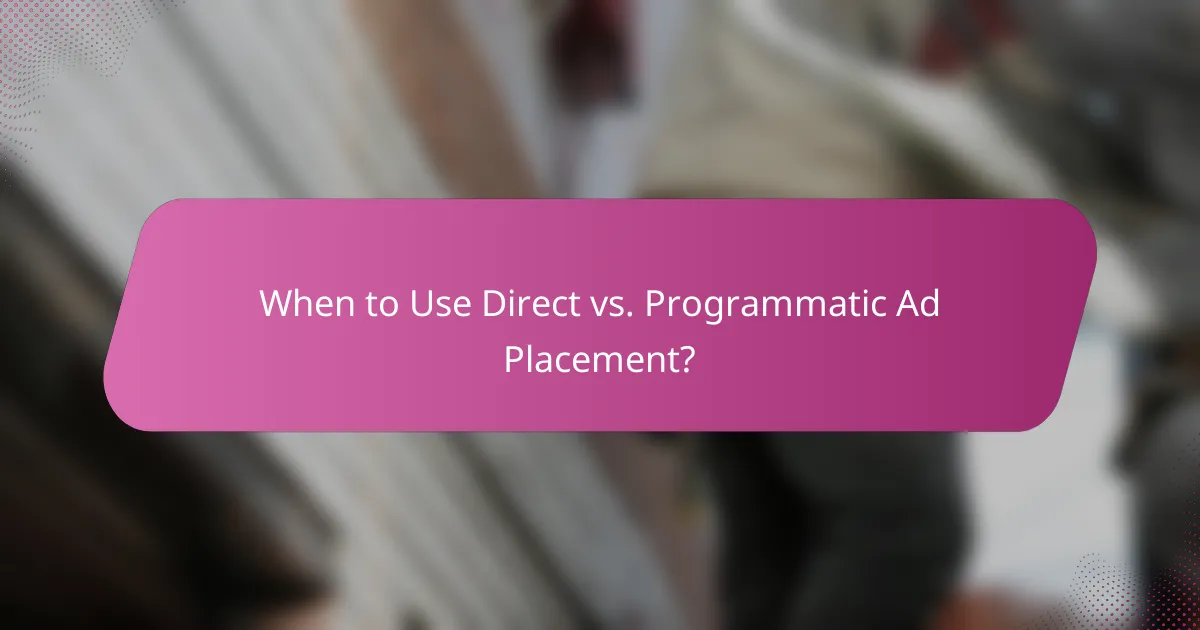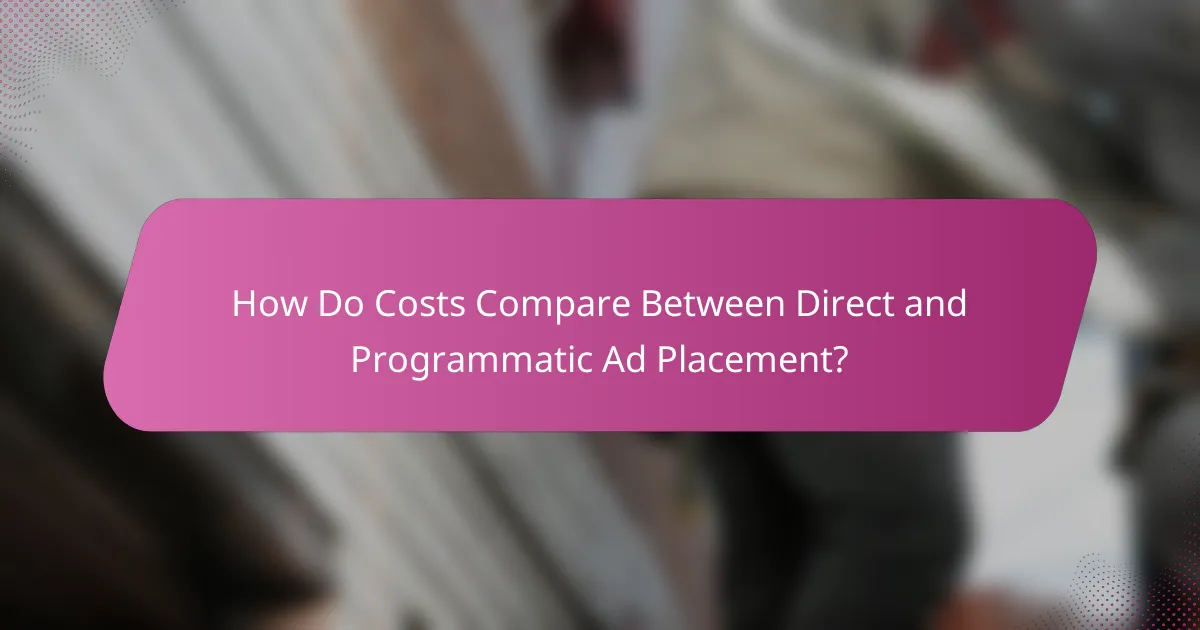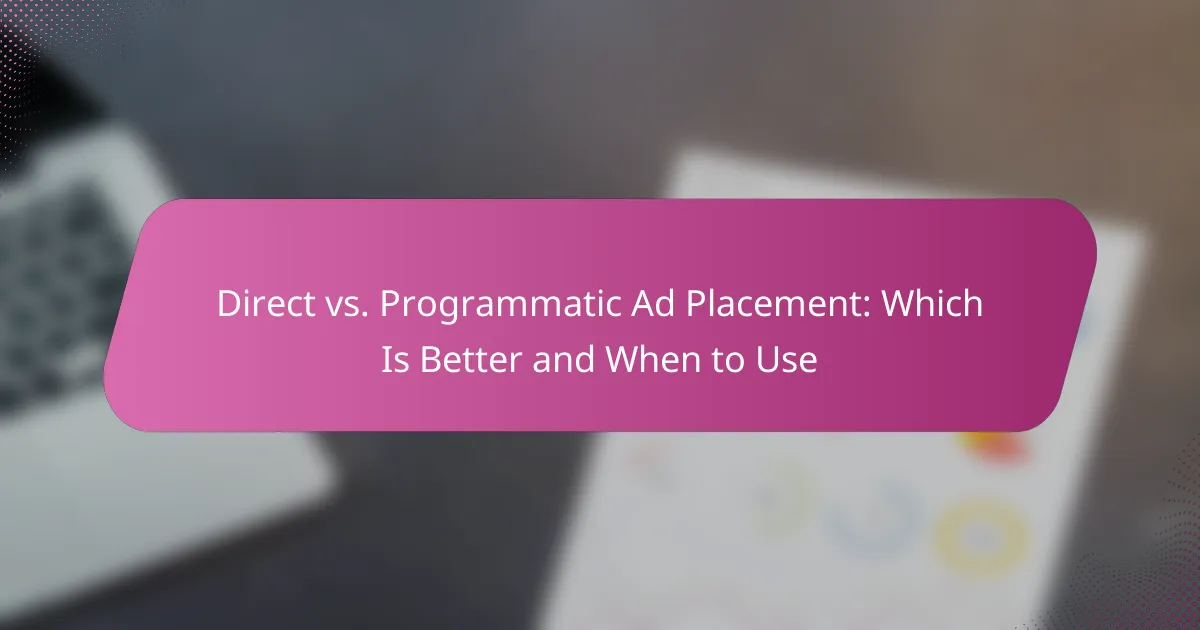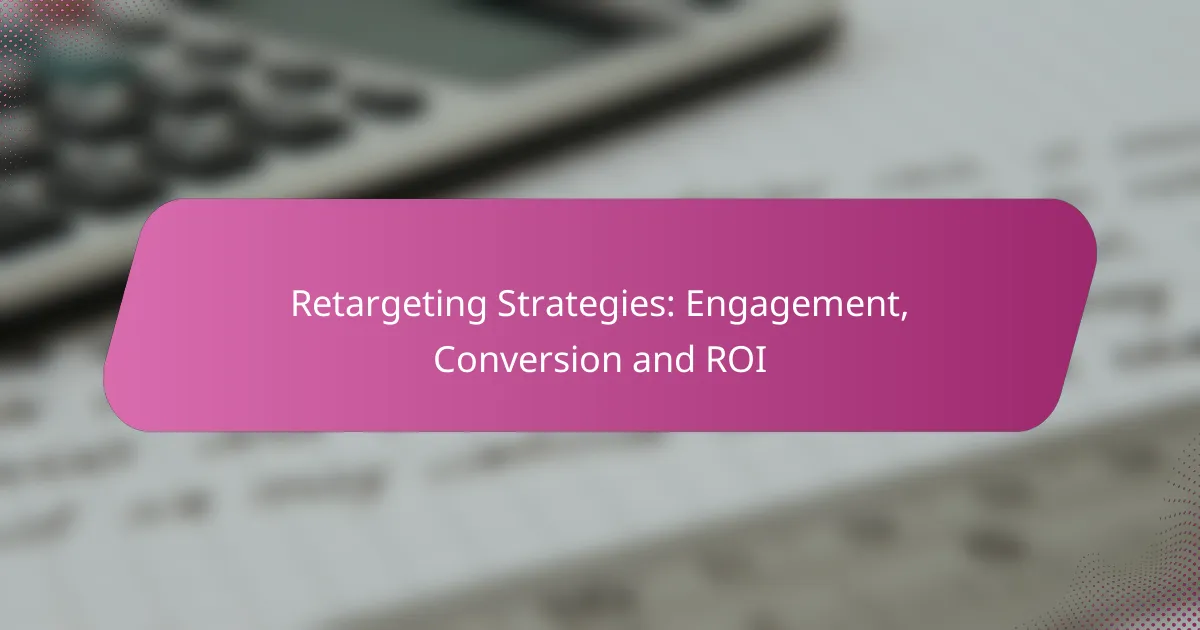In the world of digital advertising, understanding the difference between direct and programmatic ad placement is crucial for optimizing campaign success. Direct ad placement offers advertisers the ability to negotiate terms and maintain control over their ad environments, while programmatic placement leverages technology for efficient and targeted audience reach. The choice between these methods hinges on your specific campaign goals, budget, and desired level of control.

What is Direct Ad Placement?
Direct ad placement refers to the process of purchasing advertising space directly from a publisher without intermediaries. This method allows advertisers to negotiate terms and placements, providing greater control over their ad campaigns.
Definition of Direct Ad Placement
Direct ad placement involves a straightforward transaction where advertisers contact publishers to secure ad space. This can include banner ads on websites, sponsored content, or placements in print media. The agreement is typically made through direct negotiation, ensuring that both parties understand the terms and expectations.
Benefits of Direct Ad Placement
One significant benefit of direct ad placement is the ability to establish a strong relationship with publishers, which can lead to better rates and placements over time. Advertisers can also enjoy increased transparency regarding where and how their ads will appear, allowing for more precise targeting.
Additionally, direct placements often result in higher engagement rates, as ads are placed in contexts that align closely with the target audience’s interests. This method can also reduce costs associated with intermediaries, making it a cost-effective option for many businesses.
Common Use Cases for Direct Ad Placement
Direct ad placement is commonly used by brands looking to promote specific products or services through targeted campaigns. For instance, a local restaurant may negotiate directly with a regional food blog to feature their new menu items, ensuring the ad reaches a relevant audience.
Another typical use case is for event promotions, where companies work directly with media outlets to advertise upcoming events, such as concerts or trade shows. This approach allows for tailored messaging that resonates with local audiences.
Businesses often turn to direct ad placement when they have a clear understanding of their target market and want to leverage specific platforms that align with their brand identity. This method is particularly effective for niche markets where specialized publications can provide significant reach.

What is Programmatic Ad Placement?
Programmatic ad placement refers to the automated buying and selling of online advertising space using technology and data. This method streamlines the ad purchasing process, allowing advertisers to target specific audiences more effectively and efficiently.
Definition of Programmatic Ad Placement
Programmatic ad placement utilizes software and algorithms to purchase digital advertising space in real-time. Instead of negotiating directly with publishers, advertisers use platforms that facilitate automated transactions, enabling them to reach their target demographics with precision.
This approach leverages data analytics to optimize ad placements based on user behavior, preferences, and demographics, ensuring that ads are shown to the most relevant audiences at the right time.
Benefits of Programmatic Ad Placement
One of the primary benefits of programmatic ad placement is increased efficiency. By automating the buying process, advertisers can save time and reduce costs associated with manual negotiations. Additionally, programmatic advertising allows for real-time adjustments based on performance data, leading to better campaign outcomes.
Another advantage is enhanced targeting capabilities. Advertisers can utilize extensive data to reach specific audience segments, improving engagement rates and return on investment (ROI). This level of targeting is often more challenging to achieve with traditional ad placements.
Common Use Cases for Programmatic Ad Placement
Programmatic ad placement is commonly used in display advertising, where banners and visual ads are shown across various websites. It is also prevalent in video advertising, allowing brands to serve video ads to targeted audiences on platforms like YouTube.
Additionally, programmatic can be effective for retargeting campaigns, where ads are shown to users who have previously interacted with a brand. This strategy helps to reinforce brand messaging and encourage conversions.

When to Use Direct vs. Programmatic Ad Placement?
Direct ad placement is best when you seek control over the ad environment and specific audience targeting, while programmatic ad placement excels in efficiency and scale. Choosing between them depends on your campaign goals, budget, and the level of control you desire.
Factors Favoring Direct Ad Placement
Direct ad placement is advantageous when you want to establish a strong relationship with publishers, ensuring brand safety and exclusivity. This method allows for negotiated rates and placements, which can lead to better visibility and engagement.
Consider using direct placement for high-value campaigns, such as product launches or brand awareness initiatives, where you can negotiate premium placements. It’s also ideal for niche markets where specific audience targeting is crucial.
Factors Favoring Programmatic Ad Placement
Programmatic ad placement is favored for its ability to automate the buying process, allowing for real-time bidding and optimization. This method can efficiently reach a broader audience across various platforms and devices, making it suitable for campaigns with larger budgets.
Utilize programmatic placement when you need to scale quickly or when your target audience is diverse and spread across multiple channels. It’s also beneficial for retargeting campaigns, where you can reach users who have previously interacted with your brand.

How Do Costs Compare Between Direct and Programmatic Ad Placement?
The costs of direct and programmatic ad placement vary significantly based on the method of buying and selling ad space. Direct placements typically involve fixed rates negotiated between advertisers and publishers, while programmatic placements use automated bidding, which can lead to fluctuating costs based on demand and competition.
Cost Structure of Direct Ad Placement
Direct ad placement usually involves a predetermined cost agreed upon by both the advertiser and the publisher. This can include flat fees for specific ad placements or a cost-per-thousand impressions (CPM) model. Advertisers often pay upfront, which can lead to higher initial costs but provides more predictable budgeting.
For example, a direct deal for a banner ad on a popular website might cost anywhere from a few hundred to several thousand USD per month, depending on the site’s traffic and audience demographics. This structure is beneficial for advertisers seeking guaranteed placements and specific audience targeting.
Cost Structure of Programmatic Ad Placement
Programmatic ad placement operates on a dynamic pricing model, where costs are determined through real-time bidding (RTB). Advertisers set their bids based on the value they assign to specific audience segments, which can lead to lower costs if competition is low. However, prices can spike during high-demand periods.
For instance, programmatic ads can range from a few cents to several dollars per impression, depending on factors like targeting precision and inventory availability. This flexibility allows advertisers to optimize their spending based on performance metrics, but it requires careful monitoring to avoid overspending.

What Are the Key Performance Indicators for Each Method?
The key performance indicators (KPIs) for direct and programmatic ad placement differ significantly, reflecting their unique approaches. Direct ad placement often focuses on engagement metrics, while programmatic advertising emphasizes efficiency and reach through automated processes.
KPI Metrics for Direct Ad Placement
For direct ad placement, common KPIs include click-through rates (CTR), conversion rates, and return on ad spend (ROAS). These metrics help assess the effectiveness of ads placed directly with publishers, often leading to more personalized and targeted campaigns.
Another important metric is the cost per acquisition (CPA), which measures how much is spent to acquire a customer. This can vary widely based on the industry, but a lower CPA typically indicates a more successful campaign.
KPI Metrics for Programmatic Ad Placement
Programmatic ad placement relies on metrics such as impressions, viewability rates, and cost per mille (CPM). Impressions track how many times ads are displayed, while viewability rates indicate whether ads are actually seen by users, which is crucial for measuring effectiveness.
Additionally, programmatic campaigns often monitor engagement metrics like CTR and conversion rates, but with a focus on optimizing real-time bidding strategies. Understanding these metrics can help advertisers refine their targeting and improve overall campaign performance.

What Tools Are Available for Managing Ad Placements?
Managing ad placements effectively requires a variety of tools tailored for either direct or programmatic advertising. Each type of placement has specific tools that optimize the buying process, targeting, and performance tracking.
Popular Tools for Direct Ad Placement
Direct ad placement often involves negotiation and manual processes, making tools like Google Ads and Facebook Ads Manager popular choices. These platforms allow advertisers to set specific parameters for their campaigns, including audience targeting and budget management.
Another option is ad server software such as AdButler or OpenX, which provides more control over ad inventory and placement. These tools enable advertisers to manage direct deals with publishers and track performance metrics in real time.
Popular Tools for Programmatic Ad Placement
For programmatic ad placement, Demand-Side Platforms (DSPs) like The Trade Desk and MediaMath are widely used. These platforms automate the buying process, allowing advertisers to bid on ad inventory in real time based on audience data and performance metrics.
Additionally, Supply-Side Platforms (SSPs) such as PubMatic and Rubicon Project help publishers manage their ad space and maximize revenue through programmatic sales. These tools facilitate the connection between advertisers and publishers, streamlining the entire process.

What Are the Future Trends in Ad Placement Strategies?
Future trends in ad placement strategies are leaning towards increased automation and data-driven decision-making. As technology evolves, advertisers are focusing on more personalized and targeted approaches, utilizing programmatic methods while still valuing the effectiveness of direct placements.
Emerging Trends in Direct Ad Placement
Direct ad placement is seeing a resurgence as brands seek more control over their messaging and audience engagement. Advertisers are increasingly prioritizing relationships with publishers to secure premium placements that align closely with their brand values.
One trend is the integration of direct placements into broader marketing strategies, where brands leverage exclusive partnerships to enhance visibility. For example, a fashion brand might collaborate directly with a popular lifestyle magazine for a dedicated feature, ensuring their message reaches a highly relevant audience.
Another emerging trend is the focus on transparency and authenticity. Advertisers are looking for direct placements that offer clear metrics and insights, allowing them to measure effectiveness and adjust strategies accordingly. This shift encourages brands to invest in long-term relationships with trusted media outlets.



